 December 21, 1994: Mac gamers get their hands on Marathon, a sci-fi first-person shooter designed as an answer to the massive success of PC title Doom.
December 21, 1994: Mac gamers get their hands on Marathon, a sci-fi first-person shooter designed as an answer to the massive success of PC title Doom.
Created by Bungie, the team that would later make the Halo games, Marathon introduces important features to the FPS genre. Just as importantly, it isn’t available on PC. Marathon quickly becomes a favorite among Mac gamers.
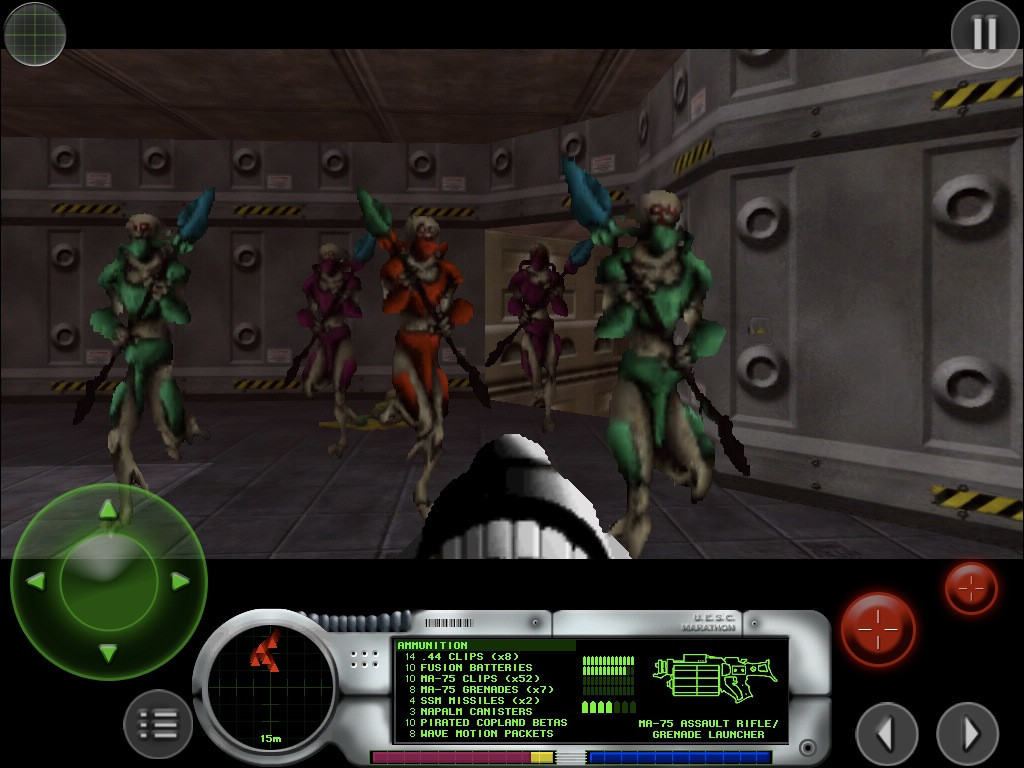

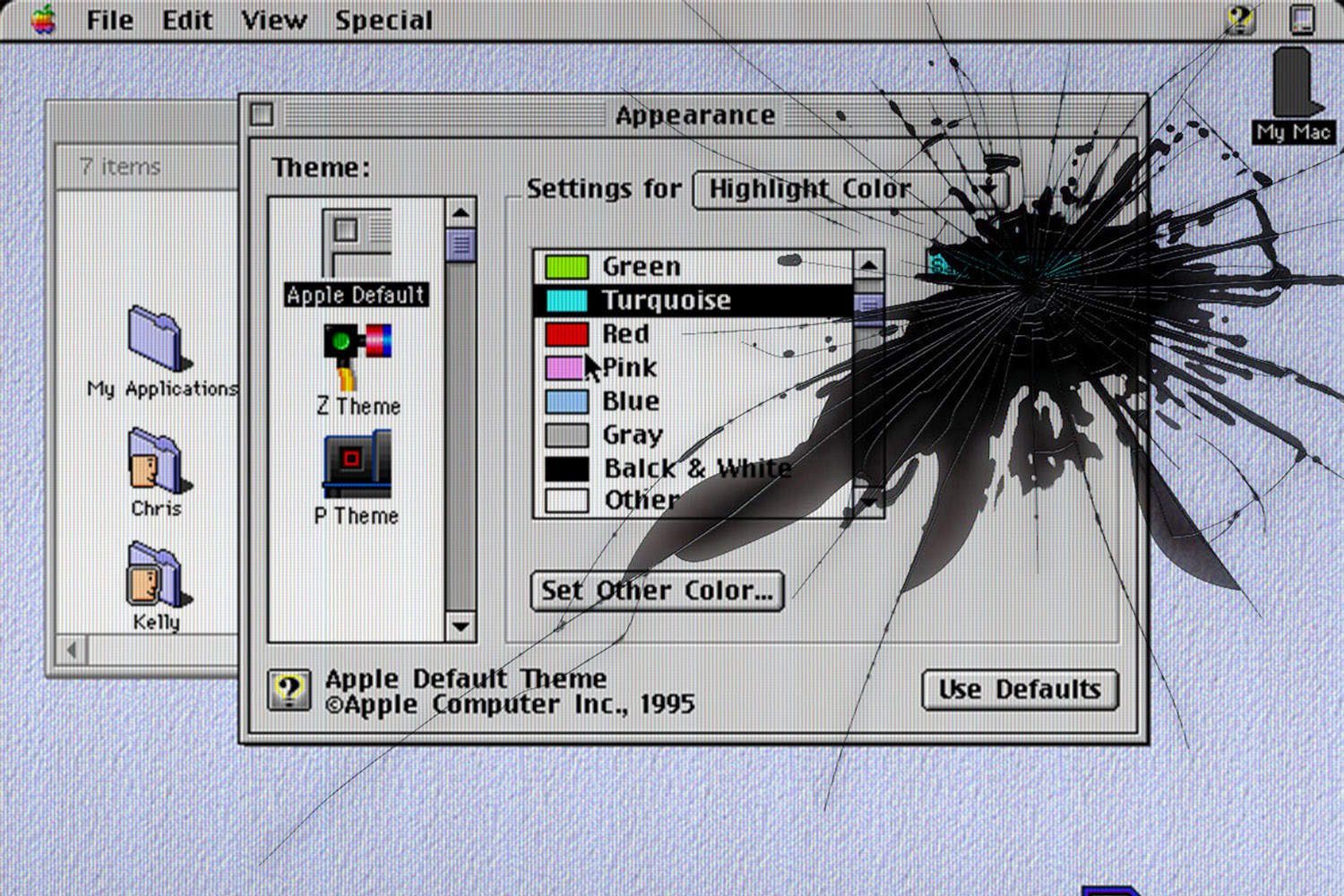
 November 17, 1995: Apple releases the first beta version of its new Mac OS Copland operating system to approximately 50 developers. Not so much a Mac OS update as a totally new operating system, it offers next-gen features designed to help Apple take on the then-mighty Windows 95.
November 17, 1995: Apple releases the first beta version of its new Mac OS Copland operating system to approximately 50 developers. Not so much a Mac OS update as a totally new operating system, it offers next-gen features designed to help Apple take on the then-mighty Windows 95.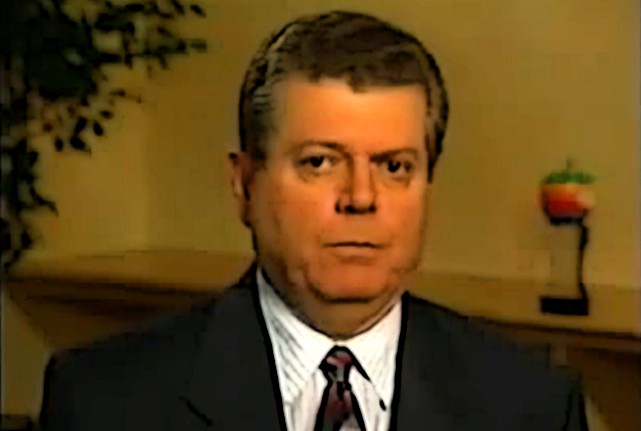
 November 9, 1994: Gil Amelio, a businessman with a reputation as a talented turnaround artist, joins Apple’s board.
November 9, 1994: Gil Amelio, a businessman with a reputation as a talented turnaround artist, joins Apple’s board.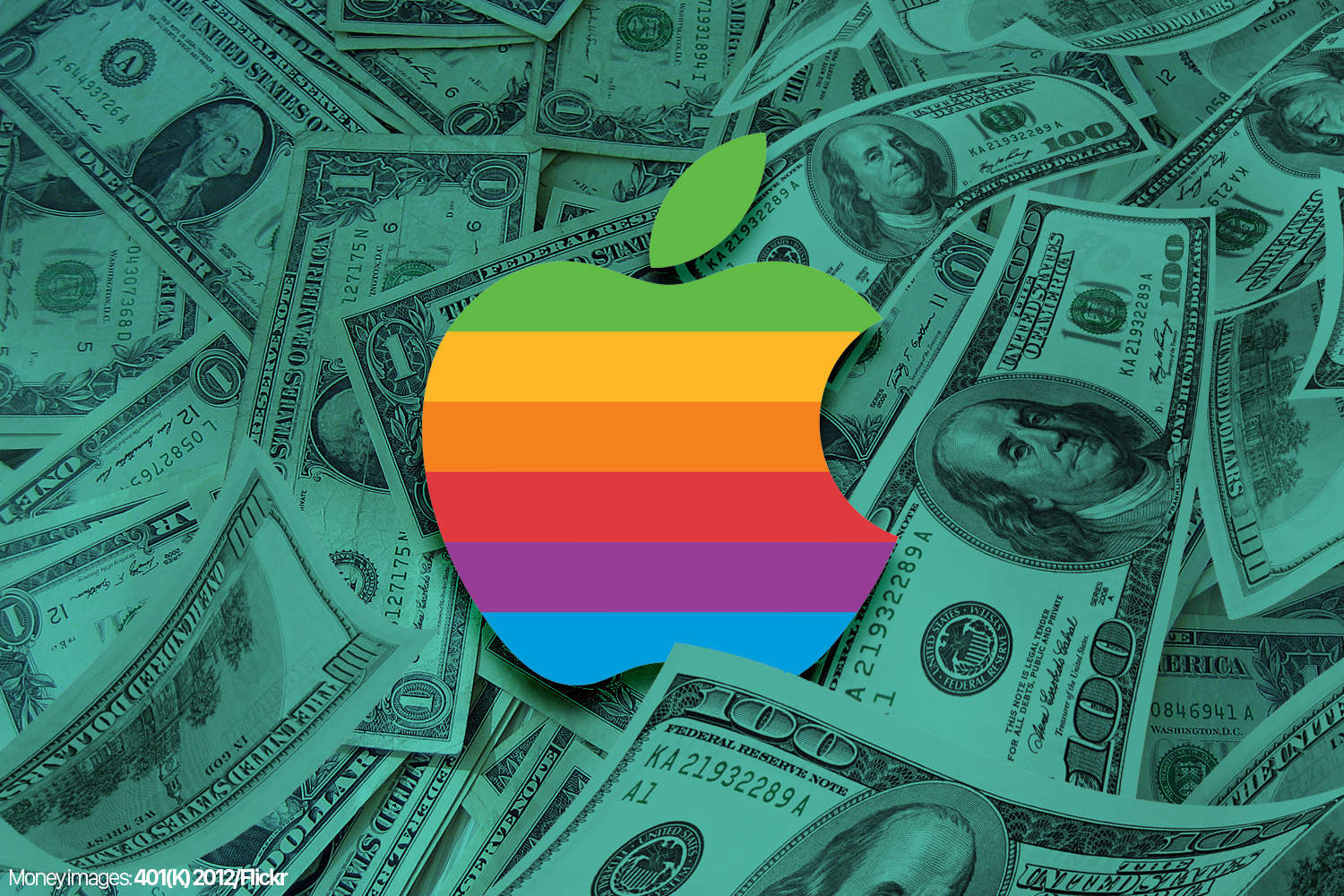
 July 15, 1998: Apple reports its third profitable quarter after the return of Steve Jobs, continuing the company’s remarkable turnaround.
July 15, 1998: Apple reports its third profitable quarter after the return of Steve Jobs, continuing the company’s remarkable turnaround.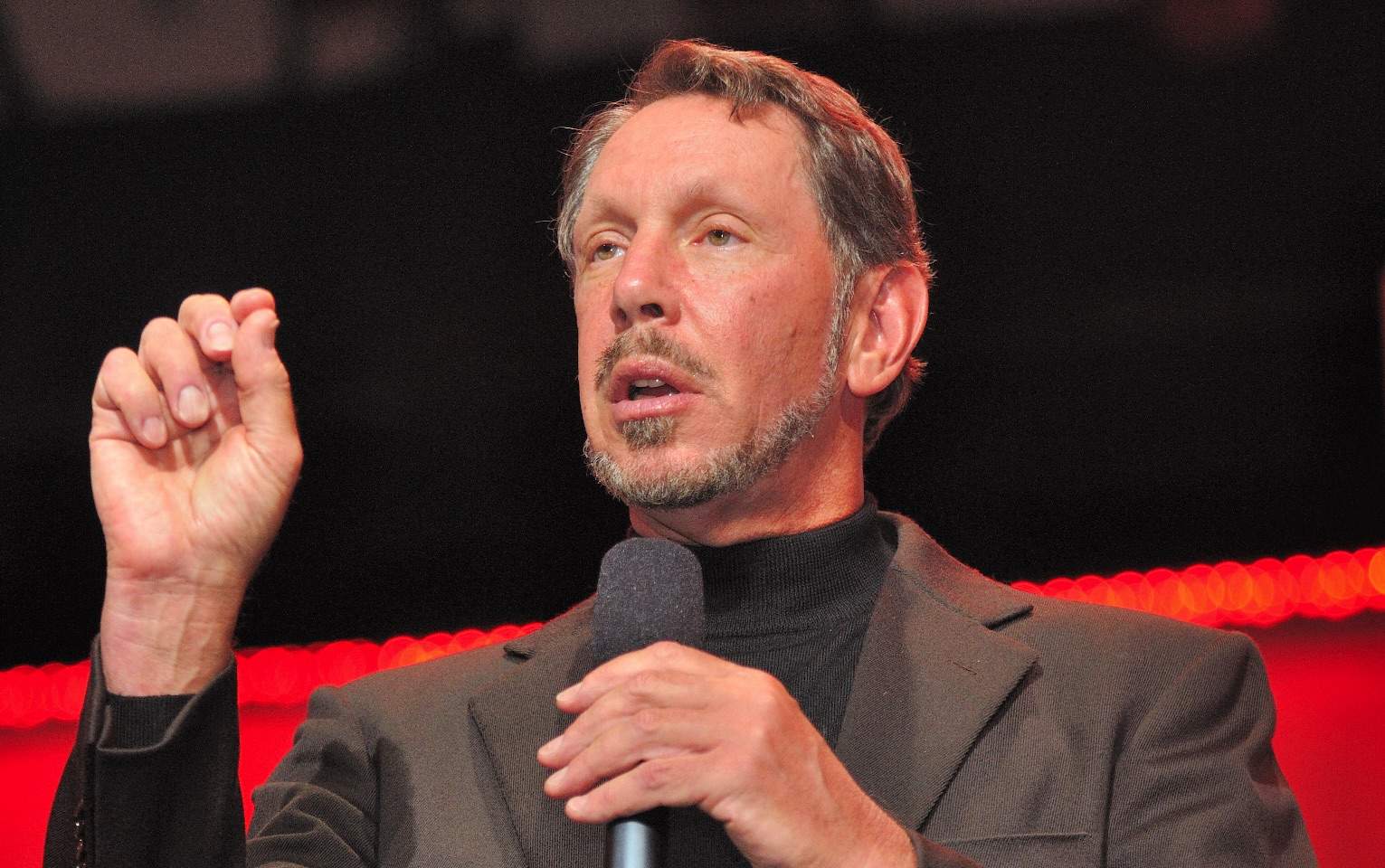
 April 29, 1997: Steve Jobs’ friend
April 29, 1997: Steve Jobs’ friend 
 December 13, 1994: Apple strikes a deal with Bandai, Japan’s largest toymaker, to license Mac technology for the creation of a new videogame console called the Pippin.
December 13, 1994: Apple strikes a deal with Bandai, Japan’s largest toymaker, to license Mac technology for the creation of a new videogame console called the Pippin.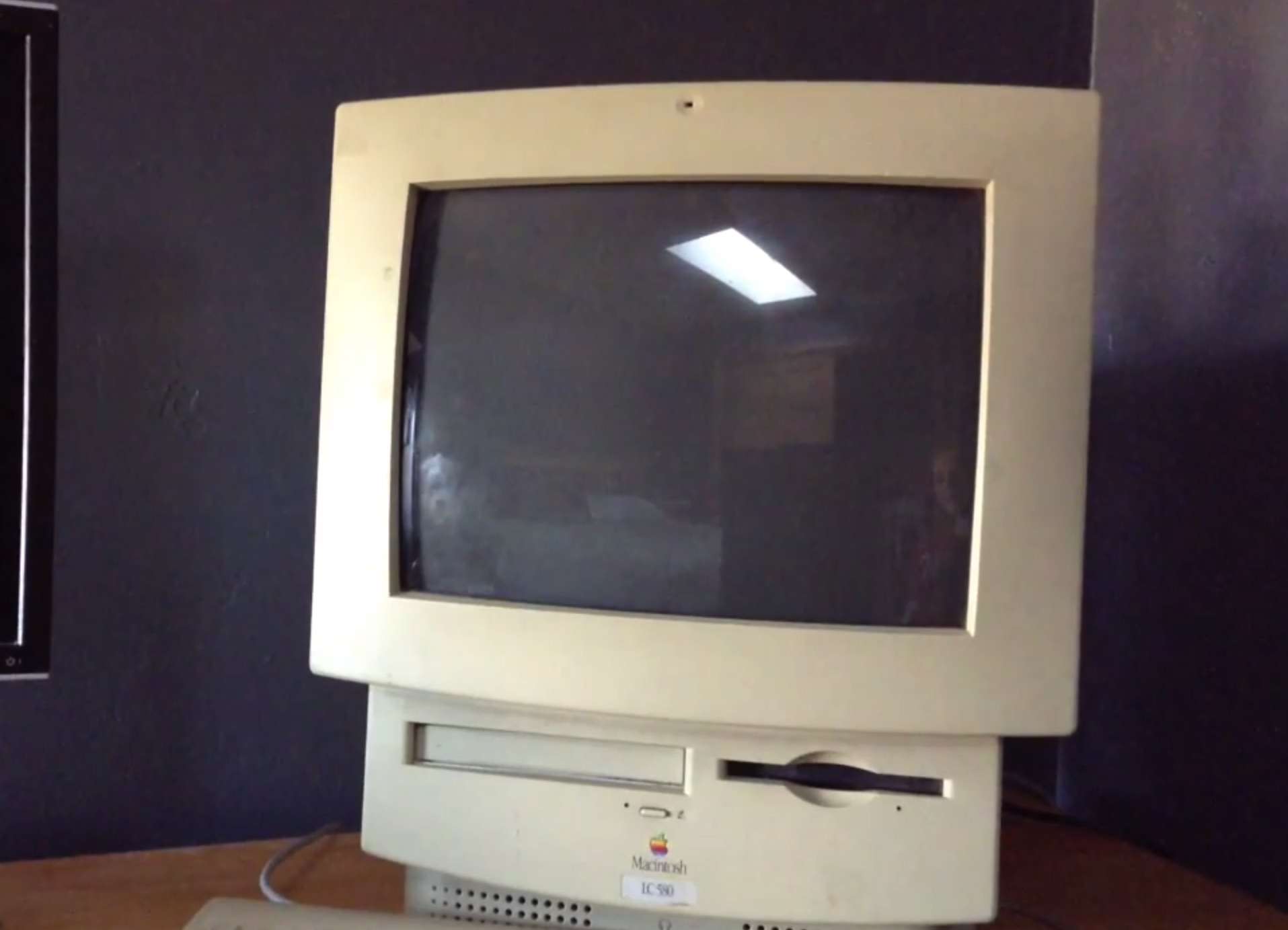
 April 3, 1995: Apple introduces the Macintosh LC 580, an affordable computer offering good multimedia capabilities on a budget.
April 3, 1995: Apple introduces the Macintosh LC 580, an affordable computer offering good multimedia capabilities on a budget.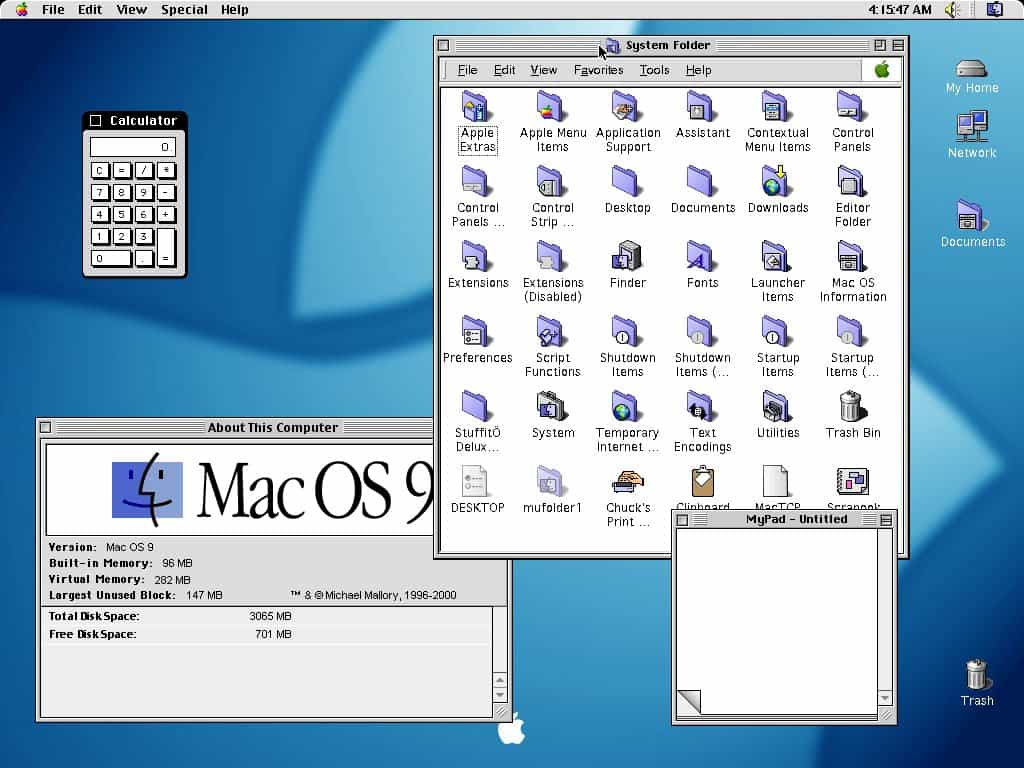
 October 23, 1999: Apple releases Mac OS 9, the last version of the classic Mac operating system before the company will make the leap to OS X a couple years later.
October 23, 1999: Apple releases Mac OS 9, the last version of the classic Mac operating system before the company will make the leap to OS X a couple years later.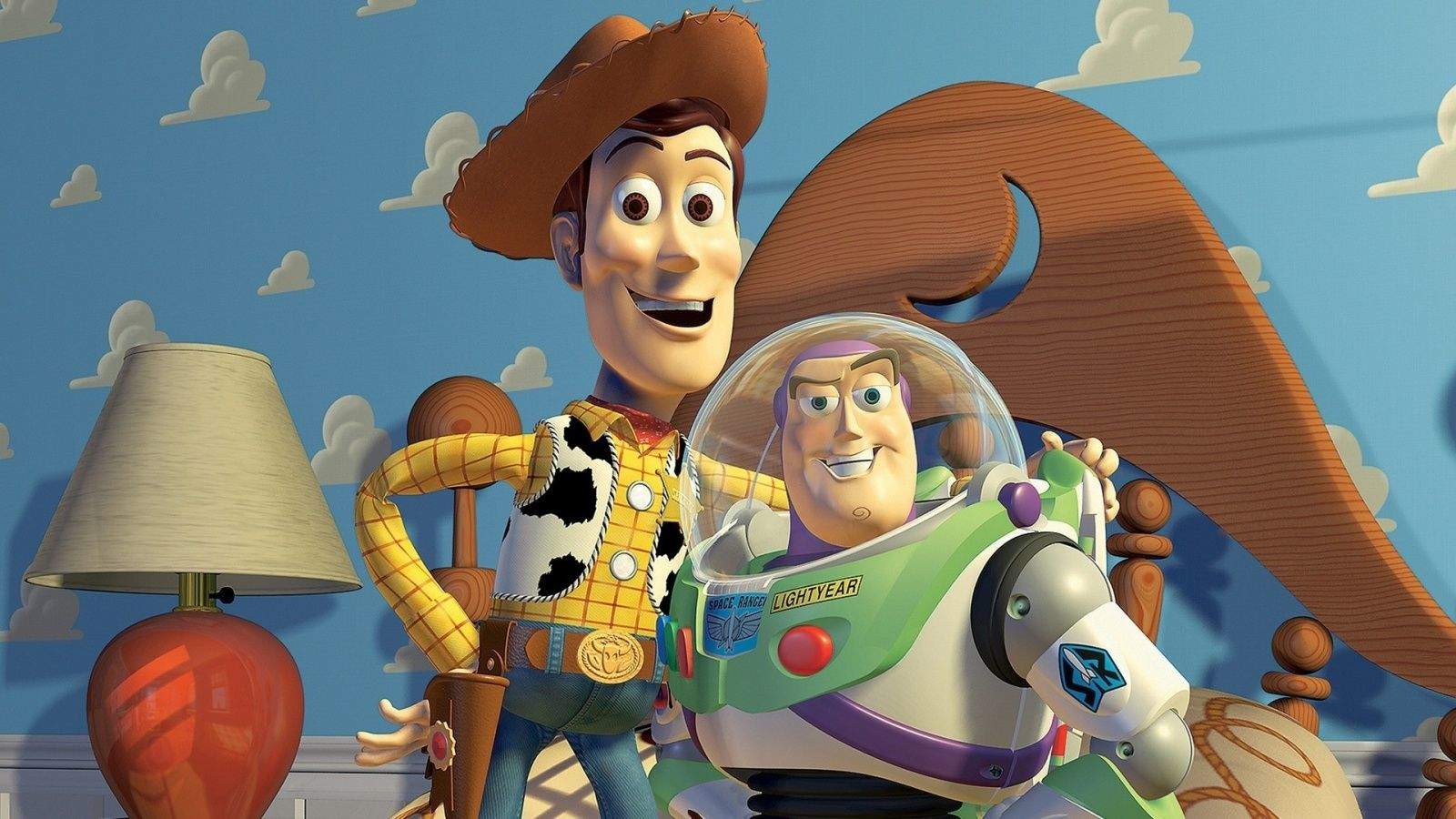
 November 22, 1995: Toy Story, Pixar’s first feature-length movie, lands in theaters. The charming film wows the world with the wonders of computer animation.
November 22, 1995: Toy Story, Pixar’s first feature-length movie, lands in theaters. The charming film wows the world with the wonders of computer animation.
 August 9, 1995: The Netscape Communications IPO floats shares of the company behind Netscape Navigator, the Macintosh’s default browser, on the stock market.
August 9, 1995: The Netscape Communications IPO floats shares of the company behind Netscape Navigator, the Macintosh’s default browser, on the stock market.
 July 18, 1994: Apple ships its PowerBook 150 laptop, the company’s first truly affordable PowerBook — and the last to feature the original case design, which included a built-in trackball mouse.
July 18, 1994: Apple ships its PowerBook 150 laptop, the company’s first truly affordable PowerBook — and the last to feature the original case design, which included a built-in trackball mouse.
 July 8, 1991: The first QuickTime beta arrives, making it possible for people to play movies on their Macs for the first time, with no extra hardware needed.
July 8, 1991: The first QuickTime beta arrives, making it possible for people to play movies on their Macs for the first time, with no extra hardware needed.
 July 7, 1997: Apple CEO Gil Amelio officially steps down from his role, turning the company over to the returning Steve Jobs, who immediately begins making his presence felt.
July 7, 1997: Apple CEO Gil Amelio officially steps down from his role, turning the company over to the returning Steve Jobs, who immediately begins making his presence felt.
 Given its position as the company’s
Given its position as the company’s 
 Arriving on this day in 1993, the Macintosh LC 520 was among the first of Apple’s LC 500 series of medium-price Macs.
Arriving on this day in 1993, the Macintosh LC 520 was among the first of Apple’s LC 500 series of medium-price Macs.
 June 27, 1997: The worst financial year in Apple history comes to an end. During the quarter, Apple lost $56 million — effectively bringing an end to then-CEO
June 27, 1997: The worst financial year in Apple history comes to an end. During the quarter, Apple lost $56 million — effectively bringing an end to then-CEO 
 On June 20, 1994, Apple launched its short-lived eWorld service. Why is eWorld so significant? Because it represented Apple’s first deep dive into being a provider of internet services — several years before Steve Jobs returned to the company and embraced the importance of going online.
On June 20, 1994, Apple launched its short-lived eWorld service. Why is eWorld so significant? Because it represented Apple’s first deep dive into being a provider of internet services — several years before Steve Jobs returned to the company and embraced the importance of going online.